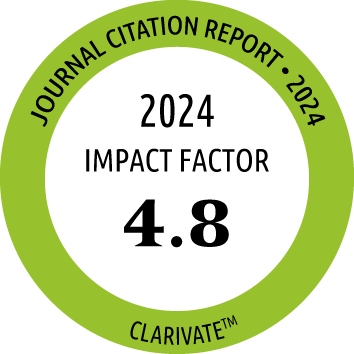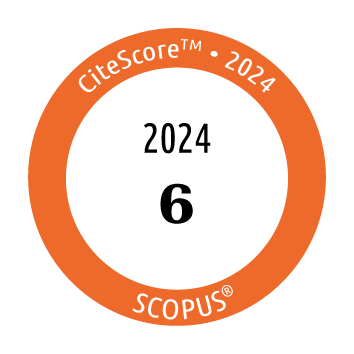|
Background and
Objectives:
Nasal polyposis (NP)
is a chronic
inflammatory disease
of the upper airways
with a variable
clinical course and
unknown pathogenesis
that often coexists
with other
conditions.
Considering the
possibility of
genetic
predisposition, we
decided to analyze
whether
polymorphisms in
LTC4S, CYSLTR1,
PTGDR, and
NOS2A were
associated with NP.
Methods: The
study population
comprised 486
Caucasian
individuals.
Polyposis and
aspirin intolerance
were diagnosed
following the
recommendations of
the European
Position Paper on
Rhinosinusitis and
Nasal Polyps.
Genotypes were
determined using
polymerase chain
reaction
amplification and
direct sequencing.
Results: The
444A>C LTC4S
polymorphism was
significantly
associated with NP
and atopy (P=.033)
and with NP and
atopic asthma, (P=.012).
In addition, a
significant
association was
found when the (CCTTT)
repetition of the
NOS2A gene was
present more than 14
times in patients
with NP and asthma (P=.034),
in patients with
polyposis and
intolerance to
nonsteroidal
anti-inflammatory
drugs (P=.009),
and in patients with
the aspirin triad (P=.005).
The PTGDR
diplotype CCCT/CCCC
(613CC, 549CC,
441CC and 197TC)
was more frequent in
patients with NP (P=.043),
NP with asthma (P=.013),
and the aspirin
triad (P=.041).
Conclusions:
NP was associated
with specifi c
polymorphisms only
when it occurred
with related
phenotypes. Our
results suggest that
this genetic
background plays a
more relevant role
in the development
of the associated
clinical features of
nasal polyposis than
in simple polyposis.
Key words:
Atopy. Asthma.
CYSLTR1. LTC4S.
Nasal polyposis.
NOS2A. PTGDR. SNP.
|




